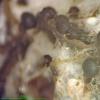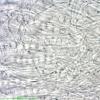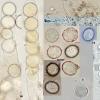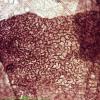
27-06-2022 03:35
Stefan JakobssonIn a moisture chamber with dung of Nyctereutes pro

25-06-2022 07:08
Zuidland PeterHello all,I view of possible confusion by poor ima

25-06-2022 22:39
Georges GreiffHi all, Since I do not have Velenovsky (1934), I

25-06-2022 17:35
Juuso ÄikäsI found some little gray Mollisias growing on a de

25-06-2022 11:29
 Hans-Otto Baral
Hans-Otto Baral
I am searching for the protologue of Aphanostigme

23-06-2022 04:27
Zuidland PeterHello all, Can I get some help towards the ID of

26-03-2022 16:23
Hola.Unos muy diminutos apotecios peludos sobre un

23-06-2022 22:35
Guy MarsonBonsoir, Est-ce que quelqu'un ici sait par hasard

24-06-2022 01:57
Stefan JakobssonEvery week I find Lachnum species not matching any
The asci are thin-walled and looong, up to 200 µm, IKI-. Most of them are eight-spored but many six-spored with one spore aborted. The spores are (sub)globose, on average 12.3 x 11.1 µm, hyaline (wrong colour balance in the large water spore images). The spore wall is two layered, calyptrate, in water the surface looks ornamented with short crests but in unheated CB the spores are perfectly smooth. The outer layer is cyanophilous. The spores also look slightly dextrinoid in IKI.
In another corner of the culture (without mould) there were some Preussia funiculata, which externally look exactly the same. Also the ascus length matches but the spores are, of course, completely different.
I have no idea what animal this is. Anyone?




